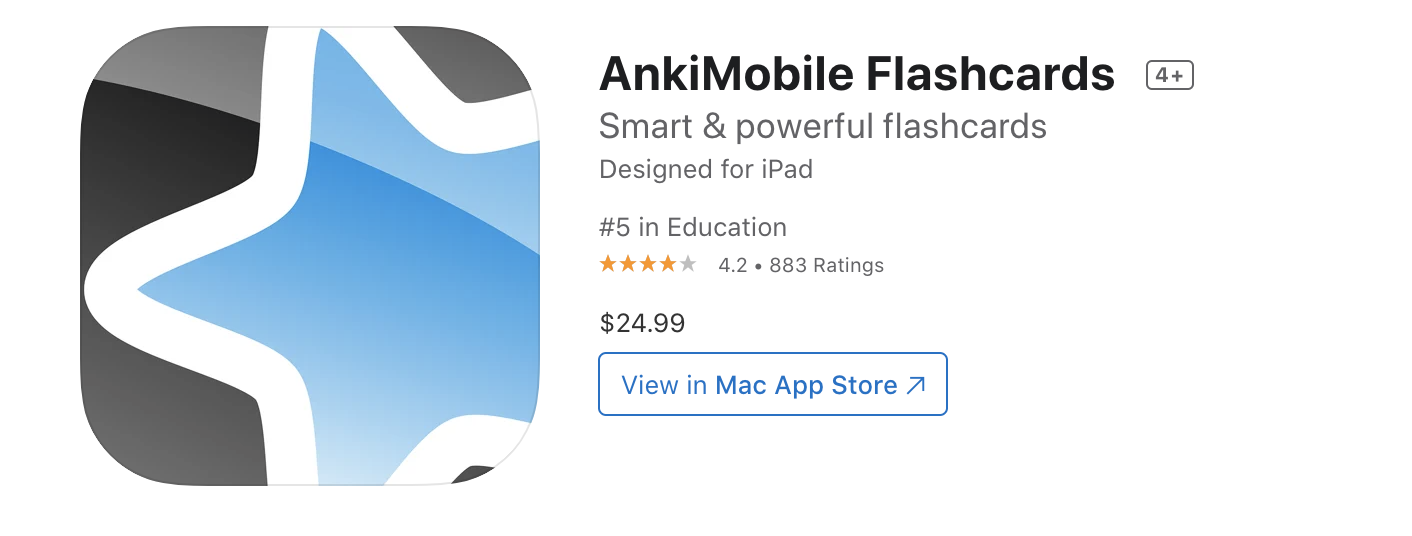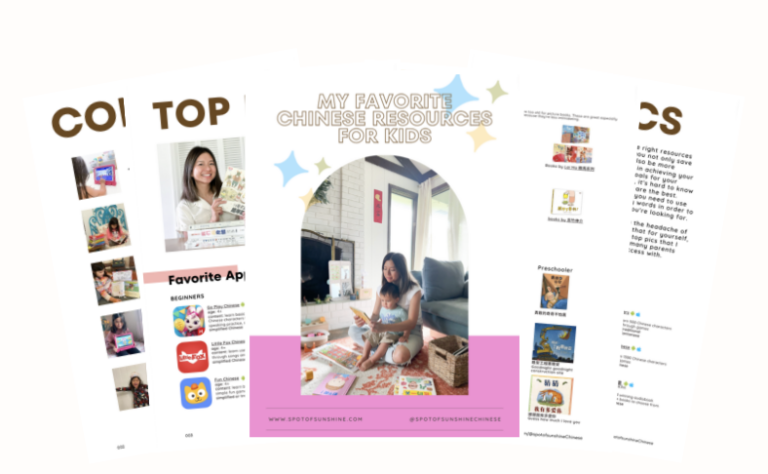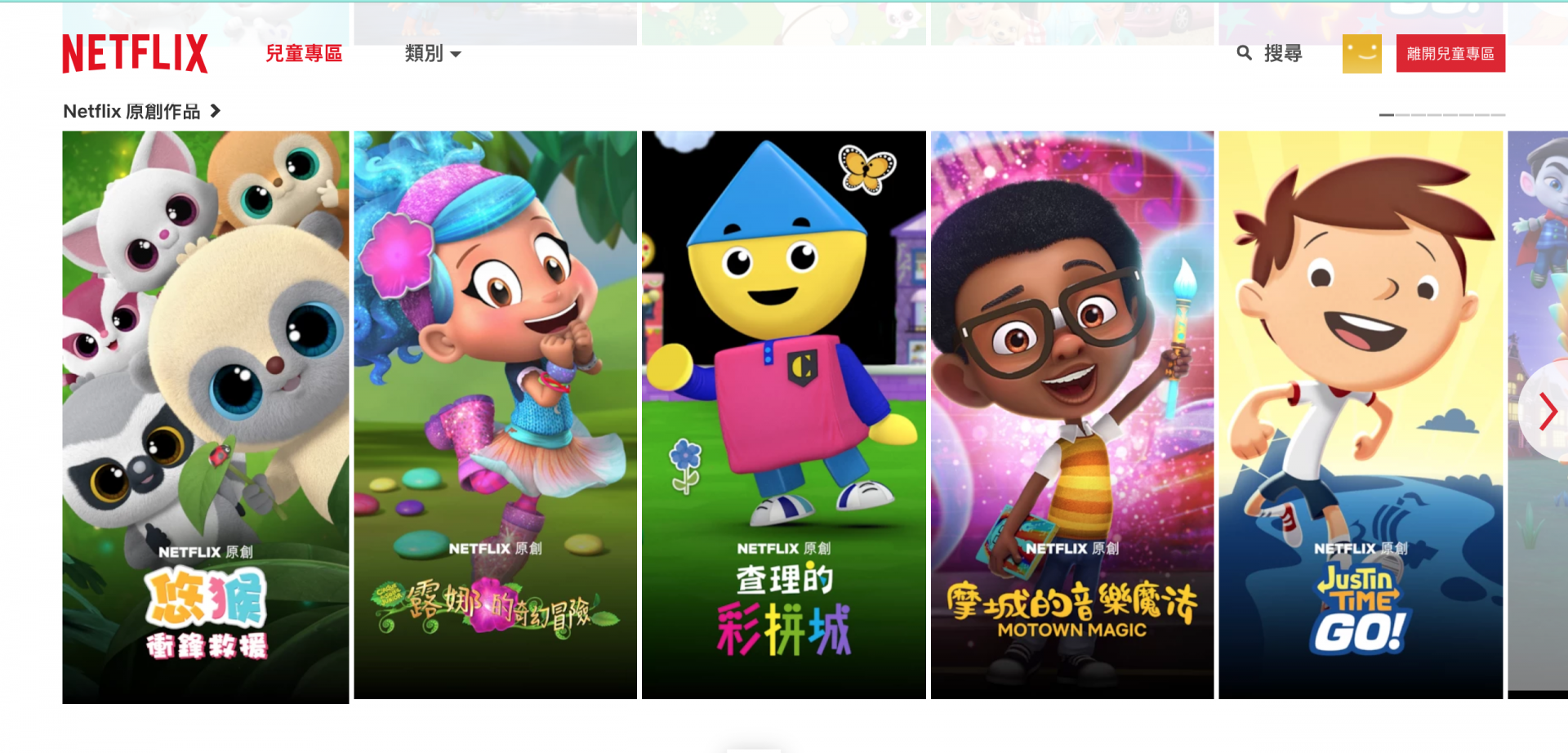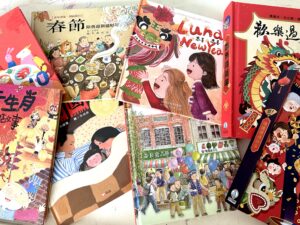Learning Chinese as an adult may not an easy feat but it is totally doable. Just take a look at the growing amount of YouTubers who are non native speakers showing off their fluent Chinese (these two are my personal favorites: 阿兜仔不教美語 & 老外看中國、老外看台灣)! They’re pretty amazing!
When we moved to Taiwan to be missionaries, my husband planned on learning Chinese. I’ve already shared me and my daughter’s Chinese adventure, so I thought I’d share his as well to encourage other parents out there who want to learn.
Below is his story, his thorough research on the topic, helpful resources he found and also what he would do differently.
His Story
Not knowing how to go about learning Mandarin Chinese, he first started with a private tutor (my mom to be exact) and then moved onto a beginner Chinese language course at Tai Da (台大).
The course he took is one of the two most popular language courses for those wanting to learn. Through his research he discovered that TaiDa attracts more serious students while ShiDa, because of how famous the school is, attracts more students that are not as serious about language acquisition therefore can drag down the rest of the class.
The three months course helped him establish a good foundation on how to learn Chinese. Both Shida and Taida courses use a textbook series published by Shida called Practical Audio-Visual Chinese (新版實用視聽華語系列) which he highly recommends.

After completing this course, he had a better idea of how to learn Chinese and how to go about achieving his goals through self study.
Dustin wanted to have control over his studies rather than let a course determine what he will learn. One main thing he wanted to eliminate from his studies, that the course was spending significant amount of time on, was writing Chinese. Since he did not plan on learning how to write Chinese characters, he was able to spend more time developing his listening and speaking skills.
Difficulties With Learning Chinese
Dustin’s major in college was French which helped him have an idea on how to learn another language. Although he got pretty good grades and was able to speak well, he did not achieve as high of fluency in French as he did with Chinese.
Tips on How to Learn A Language From Experts
Lingo Steve on YouTube: Comprehensible Input & Triangle of Learning
Comprehensible Input
Comprehensible Input is basically inundating yourself with massive amounts of interesting materials in the language you’re learning at your level. This is the key to helping you speak.
The theory of comprehensible input is that you need to be able to understand most of what you’re hearing and you need to enjoy it. He stressed the importance of listening and watching materials that interests you at your level.
Krashen believes that the way language is taught in schools, where so much focus is placed on grammar, is the wrong way to go about learning a language. It’s unnatural to memorize grammar rules. Instead, he encourages people to learn grammar like how most children learn it, within natural contexts (listening, speaking) rather than fake contexts (memorizing grammar rules). The predominate way language is taught in school leaves you with a bunch of grammar rules but unable to speak and listen well.
Triangle of Learning
People will argue about what the best method for language learning is. There are studies to back up everybody’s method. But if you implement the triangle of learning, it doesn’t matter what method you use, you’ll learn the language.
Helpful Learning Chinese Tools
These are the helpful tools my husband used during his studies and even to this day to help him review and continually grow in the language.
Anki App
This powerful app can be used to help you review Chinese characters and phrases through spaced repetition. It is designed to help people retain things they’re learning (not just limited to language) and has many functions you can choose from.
You can use you it on your phone or computer. Whenever there was down time (taking public transportation, waiting for me while I shopped), my husband would be using Anki to help him review Chinese.
Pleco App
Both Dustin and I love this app. This is a powerful Chinese English dictionary that not only gives you the definition of Chinese words but has tons of helpful add-ons.
What I find most helpful is its OCR add on which is included in their basic bundle ($29.99). With this, you can look up words by taking a picture or pointing your phone’s camera at the word you don’t know.
The dictionary also comes with audios and pinyin so you can hear how to pronounce words you look up. You can also use it to help you read a document! It’s amazing. It’s every Chinese learner’s best friend.
Mandarin Companion
Two Americans who were learning Chinese in China created this company to provide graded readers to help people learn Chinese. When they were learning Chinese themselves, they were having a hard time finding suitable reading material to help them improve. As a result, they created their own to help others learn Chinese. These books are ones that most Americans are familiar with which helps with comprehension.
Research has shown how extensive reading helps language learners achieve fluency. Not only do they help individuals grow in learning vocabulary but also grammar rules. When you’re exposed to these through reading, it greatly boosts your language abilities . My husband purchased a few of their books and found them really useful.
Huayu World
There are a wealth of resources on Huayu World that are organized by topic. Materials range from videos on Chinese holidays, to conversational Chinese audio and reading material with both zhuyin and pinyin. These really help you learn Chinese characters. Much of the reading material helps you follow along by providing audio and also highlights the word that is being read. They even have interesting stories behind how certain Chinese characters are formed.
Yoyo Chinese
Yoyo Chinese’s video on learning Chinese tones was really helpful for my husband when he first started learning the tones. She helps identify ways you already use tones in English and connects it to Chinese tones.
What He Would Do Differently:
More Resources to Help with Chinese Retention
- Plan Your Best Year of Teaching Your Kids Chinese 計畫成功的一年
- How Chinese Became Our Daughter’s Dominate Language at Age 2
- 25+ Netflix Chinese Shows for Kids
- 7 Secrets to Chinese Retention: How I’m Still Fluent Despite Immigrating at 8
- 4 Things I Do to Improve My Chinese for Parenting
Tired of trying to teach your kids Mandarin Chinese on your own?
Imagine your child becoming self-motivated, happy Mandarin Chinese learners.
Imagine feeling confident, knowing what you are doing truly works!
Imagine having a community of like-minded parents, an experienced and supportive coach to help you and your kids thrive in learning Chinese.
Learn more about Sunshine Bilingual Village, my membership to help parents in monolingual contexts raise happy, self-motivated Chinese learners!



















9 Responses
I believe you misspelled “Comprehensible Input” above. You titled the section “Comprehensive Input”.
Thanks for catching that! I’ll change it now.
oops, thanks for pointing that out! I’ll correct it.
No you were right – in the context of what Krashen talks about, it IS comprehensible.
Loved this blog post! Your husband’s experiences have echoed mine for sure!
Haha – oh shoot. I read the original comment wrong. Nevermind! 🙂